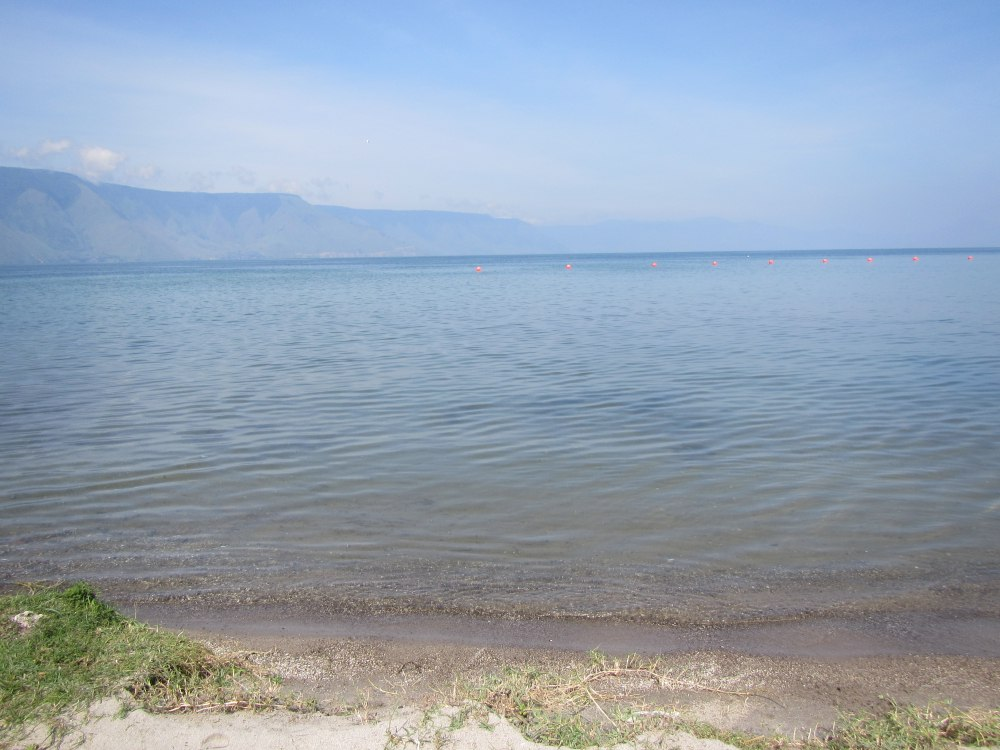In the shells of freshwater bivalve molluscs of the genus Corbicula, scientists have found insect larvae and eggs of minnows. The name of the genus of these small mollusks is a diminutive of the Latin corbis (‘basket’). Their natural range is Asia, Indonesia and Africa. In Russia, they inhabit the Far East. It was recently discovered that the shells of these mollusks are used by insects and fish as a refuge for rearing offspring.

Endosymbionts - organisms that live in other representatives of the fauna - were found and described by scientists of the Federal Research Center for the Comprehensive Study of the Arctic named after Academician N.P. Laverov, Ural Branch of the Russian Academy of Sciences (Laverov Center, Arkhangelsk) together with colleagues from the A. N. Severtsov Institute of Ecology and Evolution RAS (Moscow) and foreign experts. Dmitry Palatov, Leading Engineer of the Laboratory of Synecology, participated in the study from IEE RAS. Scientists discovered endosymbionts by studying shellfish collected in South Korea, Thailand and Laos.
Larvae of lake flies (chironomids) and mayflies (winged insects whose adults live from several hours to two or three weeks) were discovered to be present in corbicula shells. Scientists have found that these insects use "baskets" as a refuge for rearing offspring. As emphasized by the head of the research team, director of the Laverov Center, Corresponding Member of the Russian Academy of Sciences Ivan Bolotov, the larvae of Laotian and Thai mayflies turned out to be two species new to science, as well as the found samples of the lake fly.

The larvae of lake flies in the territory of the post-Soviet space are usually called bloodworms. They have specific parasitic relationships with corbicula hosts living in the fresh waters of Laos. According to the director of the Institute of Biogeography and Genetic Resources of the Laverov Center, Yulia Bespalaya, the chironomid larvae that have penetrated into the shell cavity gnaw a hole in the mantle (the fold of the mollusk body) and live in the space between the shell and the mantle, most likely feeding on the tissues of the mollusk.
It was also found that the Soldatov's thicklip gudgeon (cyprinidae family) in the water bodies of Korea lays eggs in corbicula shells. The data was confirmed by genetic analysis. A similar symbiotic mechanism was previously known: other representatives of cyprinids - mustard fish - use barley mollusks, toothless and pearl oysters as a kind of protected incubator for their caviar. Laying eggs in a mollusk shell is the safest way for fish to let their offspring mature.
“Some of the discovered inhabitants of the mantle cavity of the corbicula can be attributed to commensals - “cohabitants” who do no harm. This is a general trend for mayflies, who use the shells of various types of molluscs to raise their offspring. For science, the mechanism of symbiosis is of interest. Mayfly larvae feed on organic particles from the surface of the clam's gills. Their mouthparts are soft brushes. We hypothesize that the larvae may feed on small parasites such as mites and ciliates to help the host maintain hygiene. We have to ascertain at what stage of development the larvae of mayflies penetrate into the shells of corbicula,” notes Ivan Bolotov.
“Gudgeon eggs are located in the mantle cavity of the shells, probably without causing damage to the host mollusk,” explains Yulia Bespalaya. “We did not notice that caviar complicates the functioning of the organ systems of molluscs. Most likely, caviar matures in the shell until the fish larvae hatch. We assume that the larvae of lake flies lead a parasitic way of life in relation to the host mollusk. Apparently, chironomids are introduced into the mollusk at an early stage and develop until the stage of pupation. The mollusk is not able to get rid of endosymbionts until they themselves leave the host organism.
Corbicula is considered food and consumed en masse by the inhabitants of Japan and Korea. Far Eastern peoples consider shellfish to be beneficial to health. As a rule, the shells are boiled, the soft body of the mollusk is removed and washed from them. Larvae of lake flies and mayflies are not human parasites.
Previously, biologists from the Laverov Center conducted similar studies of corbicula living in water bodies of the Russian Far East, but no endosymbionts were found. In the Far Eastern regions of the Russian Federation, corbiculae are mainly distributed in the estuarine parts of rivers, where fresh waters mix with sea waters (the lower part of the basin and the Amur delta, the mouth sections of small rivers in Primorsky Krai). These are the places of mass habitation of corbicula, but since the water here is brackish, there are no larvae of mayflies and chironomids in the shells. Endosymbionts live exclusively in fresh water.
Scientists note a trend: corbicula, which serve as a refuge for opportunistic symbionts and parasites, live only in their natural habitat. This phenomenon is not common in Europe and is extremely rare in North America, where corbiculae are intensively distributed as invasive species (introduced by humans or accidentally into this habitat), forming very dense populations. Previously, malacologists from around the world, mainly studying corbicula in invasive parts of the range, believed that these types of mollusks were not susceptible to infection.
The research was carried out under grants from the Ministry of Science and Higher Education of the Russian Federation and the Russian Science Foundation.
The scientific article was published in Ecology
Related materials:
Big Asia: "Russian scientists have discovered three new species of endosymbiont insects"
